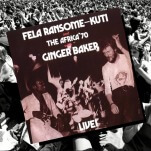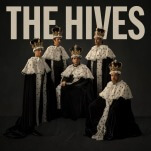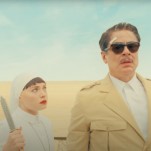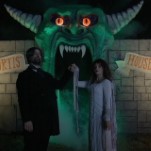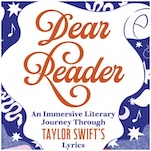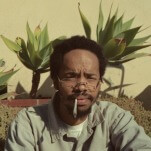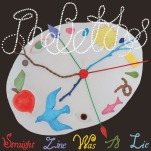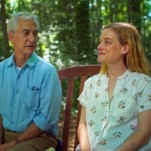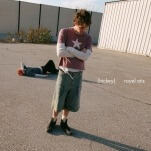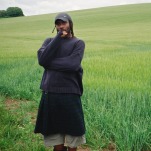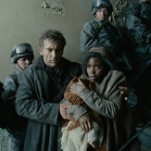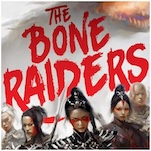The Hobbit by J.R.R. Tolkien
There and back again, again
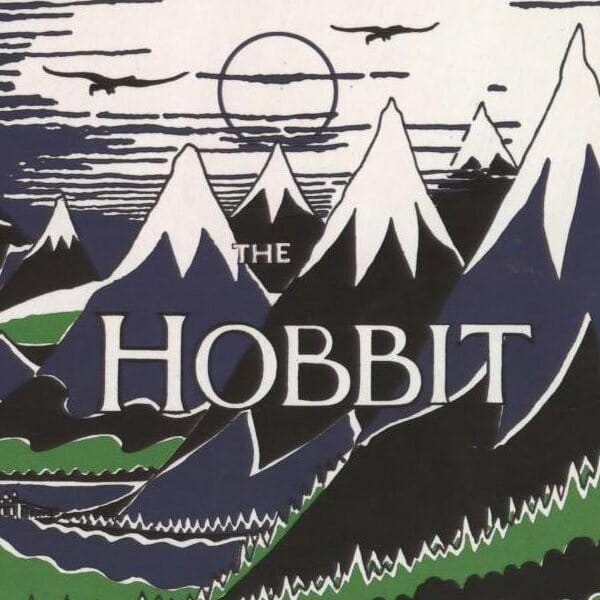
John Ronald Reuel Tolkien led the quiet, hobbitish life of an Oxford professor for 34 years, working in German and Saxon studies from 1925 until he hung up the robes in 1959.
Tolkien made a significant mark in his world purely as an academic—his ground-breaking paper on the epic Old English poem Beowulf changed scholarship on that work forever, and he’d have died a respectable man in 1973 even if he’d never put pen to page to spin fantasy masterpieces The Hobbit and The Lord of the Rings. These books, of course, made him a name outside Oxford and academe… and every serious reader today knows of his literary Middle Earth, where goblins and elves and dwarves and shape-shifting bear-men and talking eagles and evil wolves and dragons—yes, dragons—carried on their affairs, fought their wars, loved their loves.
Tolkien may be world-famous today, but his life was hardly a bed of English roses. Born in the Orange Free State, in what would eventually become South Africa, Tolkien landed in a typical middle-class ex-pat family—his father ran a branch of an English bank far from the scepter’d isle.
In 1895, Mr. Tolkien took a trip back to England. Not long after, Tolkien, age three, and his mother and siblings learned that dear old daddy had died of rheumatic fever. The lad barely remembered having a father.
Tolkien proved a good student, as you’d expect from a kid who would grow up to be a writer. He aced his way through early schools and exams. He spent time drawing, but his real passion—language—soon became apparent. He read by age four, and learned Latin effortlessly. For his own fantasy reading, he enjoyed stories from the American West—stories of Red Indians, as he put it—and he always loved fairy stories.
These early elements, language and fantasy, formed the powerful bliss that Tolkien would follow his entire life.
When Tolkien’s mother died of diabetes when he was 12, the orphan passed into the care of relatives. Parentless, Tolkien must surely have oftentimes felt like a lonely soul on a solitary quest—often a theme in his works.
In 1911, two years before Europe became a slaughterhouse in WWI, Tolkien traveled in Switzerland. The Alps profoundly affected him, leaving an impression of majestic snowy peaks and hard hikes that appear again and again in his works. In The Hobbit and The Lord of the Rings, we always find a mountain to get to, mountains to pass over, mountains to burrow under.
When The Great War came, Tolkien made rank as a low-level officer—one of those flowers of an entire generation of English youth to be harvested by German shears. The young scholar eventually found himself living in mud in the trenches of France. It proved a lousy experience—literally. Tolkien contracted trench fever, carried by the lice that swarmed everywhere on soldiers of WWI armies, and the disease made him too weak for duty. He spent the rest of the war in and out of hospitals, ravaged and emaciated.
That fever proved literature’s good luck. It got Tolkien through the war whole, and eventually he returned to his world of words.
He took a first job at The Oxford English Dictionary…and how’s this for a job description…he took responsibility for words of German origin that started with the letter W. In his spare time, he translated Sir Gawain and the Green Knight from Old English. The work garnered some attention, and not long after publication Tolkien came home to mother Oxford to serve as a scholar at Pembroke College.
-

-

-

-

-

-

-

-

-

-

-

-

-

-

-

-

-

-

-

-

-

-

-

-

-

-

-

-

-

-

-

-

-

-

-

-

-

-

-

-

